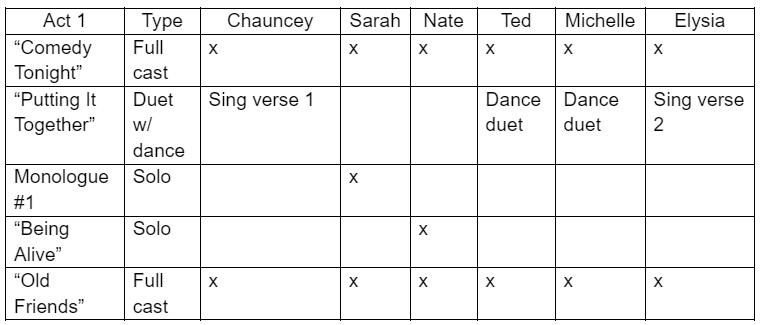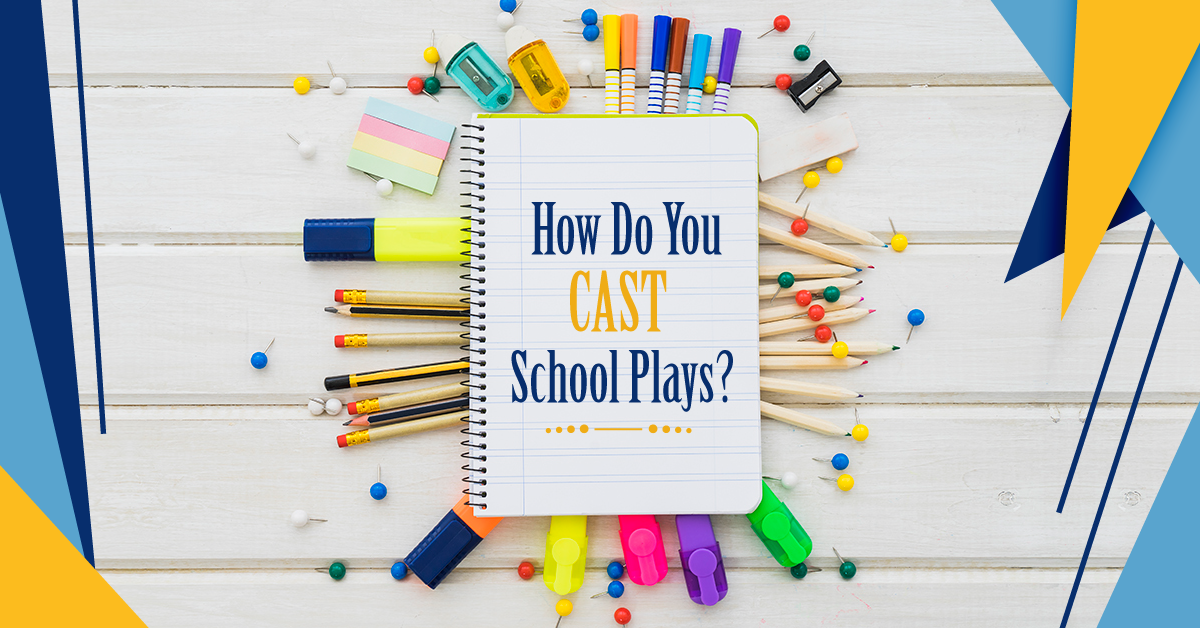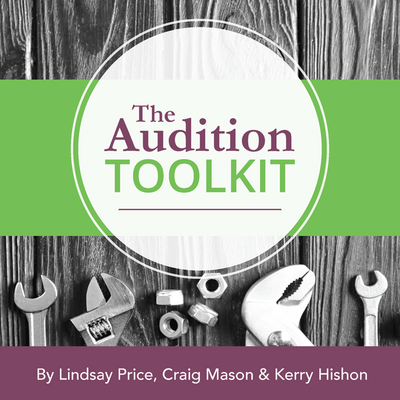The Dread Pirate Sadie: All the pirates, sword fights, and unforgettable characters - now in a competition-length version!
Tips for Casting a Musical Revue
Musical revues are a great choice for a school production. There is no limit on how many students you can cast, you can tailor the casting of the show to fit the skills and talents of the students involved, and unless you choose a revue with strict casting requirements (for example, Shout! The Mod Musical is specifically written for an all-female cast), you aren’t bound by gender identity, race, sexual orientation, or age when casting the show. Let’s take a look at some tips for casting your musical revue.
As a reminder, a musical revue is a style of musical theatre that combines singing, dancing, music, and sketches. The material included in a musical revue focuses on a particular theme. Some musical revues feature a single musical artist (such as A Grand Night for Singing, which features the music of Rodgers and Hammerstein, or Putting It Together, featuring the music of Stephen Sondheim) while others include pieces by many different artists. Some musical revues have a loose storyline but the overall theme is the main focus. Some examples of musical revues include Edges, Songs for a New World, The Theory of Relativity, Working, Side by Side by Sondheim, Red Hot and Cole, The No Frills Revue, Ain’t Misbehavin’, Beehive: The 60’s Musical, Monty Python’s Edukational Show, Forbidden Broadway, MTI’s Broadway Junior Revue: Pure Imagination and MTI’s Broadway Junior Revue: Raise Your Voice, A Pocketful of Rhymes, Jerry’s Girls, and Smokey Joe’s Café.
Some musical revues require a specific number of performers while others are more flexible and allow for creativity when including more performers, adding an ensemble, and assigning songs to different performers. Always be sure to check with the licencing company to ensure that your ideas for your musical revue do not conflict with the requirements of the show as set out by the rights holders.
If you are producing a musical revue that allows flexibility for casting, you could include every student who auditions, even students who aren’t the strongest singers. Many musical revues feature scenes or monologues between songs, and you can feature your stronger actors in those sections. Similarly, your students who love movement and dance can be featured as dancers in certain numbers. Shy or inexperienced drama students might only want to be in a couple of numbers or just in full-cast numbers, and that’s fine too — musical revues are a great way for them to dip their toe into the performing pool.
During the audition process, create a spreadsheet with each student’s name in the first column, as well as a column each for “acting,” “singing,” and “dancing.” You can use this spreadsheet for a variety of purposes. You could rate their skill level in each area as displayed in the audition (3 for a highly skilled student, 1 for a less skilled student), have students give themselves a rating, or use it to indicate whether the student prefers acting, singing, or dancing. In the latter option, 1 indicates first choice, 2 indicates second choice, and 3 represents third choice. For example:
From this table, you can see that Chauncey, Nate, and Elysia want to sing, while Ted and Michelle want to dance and Sarah prefers acting. This can help you organize your students and feature them in different numbers and sketches.
Once auditions are complete and students have been accepted into the show, make a list of each musical number and scene in the show. Determine what type of piece each one is, or what you’d like it to be (full-cast number, small group, trio/duet, solo). You could also split up certain songs, having different students sing each verse, which means more feature opportunities for more performers.
Make a note of how many performers you’d like in each number, including featured performers and ensemble. For example, the opening and closing numbers, as well as the number right before and right after intermission will likely be full-cast numbers. The rest of the numbers could be any number of combinations, for example, a full-group number, a singing duet with featured dancers, a monologue, a solo, and then another full group number — whatever works best for your show.
You might want to have some special numbers that feature different groups of students: all the female-identifying performers, all the graduating seniors, a special feature for a student who won an award at a competition, a number featuring students with special or unusual skills. Again, whatever works best for your show and your students.
Create a spreadsheet with each musical number/scene in the first column and leave empty spaces for each following column to put in the name of each student once the show is cast, so you can track which numbers they’re in. Each student should be a lead or featured performer in one number and in the ensemble of a second number, at minimum (on top of participating in the full-group numbers). Here’s an example, using the students from the previous spreadsheet:
Each student was able to be featured in their preferred performance style, while also being included in the full-group numbers. This chart also helps you see how many students are in each number, how many numbers each student is in, and where in the performance each featured performance is.
Avoid overloading students with too many features, try to ensure that each student has a fairly equal amount of stage time (knowing that some students may be capable of or wish for more or less stage time), and be aware of putting students in back-to-back numbers, especially if there are costume changes.
If students have multiple features, try to spread them out so they can rest and grab a sip of water between numbers. You can also black out certain cells of the spreadsheet to indicate not to put a student in a certain number, for whatever reason (costume change required at that time, only students of a certain gender or age in that number, student does not wish to be in that number, etc.).
Having these organizing systems in place will help you so much when you’re casting your musical revue. You can even use the number spreadsheet during performance time. Post it backstage to use as a running list so actors, crew, and volunteers know what’s going on. Then sit back and watch your performers shine!
Additional Resources:
Make Your Own Mini Musical Revue
The Ultimate Audition Guide: Teacher Edition
Prepping for Auditions from the “Other” Side of the Table
Related Articles
Audition Toolkit
by Lindsay Price, Craig Mason, and Kerry Hishon
Teach students to present their best selves in an audition situation with The Audition Toolkit - complete with articles, exercises, tips and more for both teachers and students.






